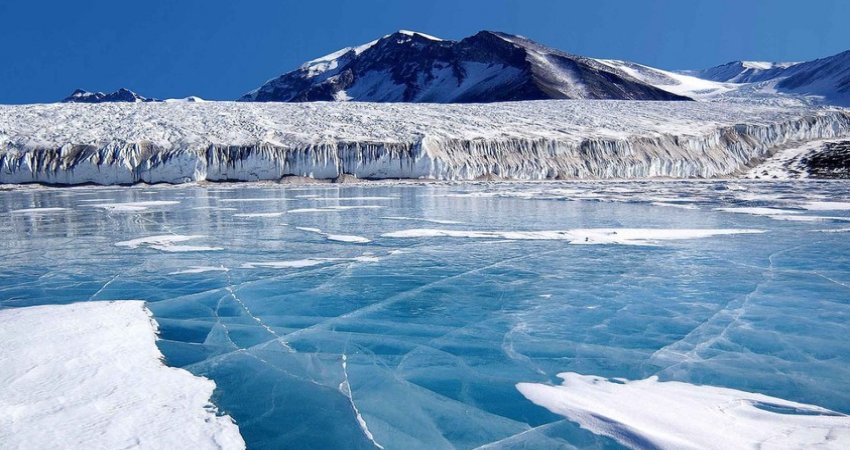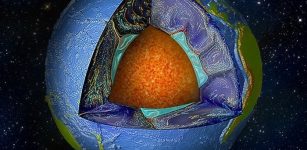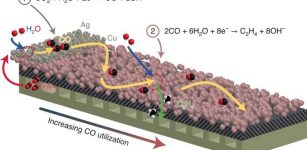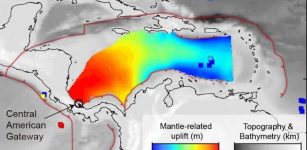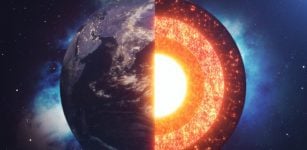Australia’s Yarrabubba Crater Is Now Oldest On Earth
Eddie Gonzales Jr. – MessageToEagle.com – Recently, a NASA scientist analyzed the age of the Yarrabubba meteor crater in Australia and found it to be 2.229 billion years old, making it now the oldest crater currently known.
A 70-kilometer-wide crater (though its remnant today is only 20 kilometers) has now the official title of Earth’s oldest known recorded impact.
 Yarrabubba crater is now Earth’s oldest known meteorite impact site. T.M. Erickson
Yarrabubba crater is now Earth’s oldest known meteorite impact site. T.M. Erickson
“It’s 200 million years older than the previously oldest known crater, which was the over 200-kilometer Vredefort Dome crater in South Africa,” Timmons Erickson, a research scientist with the Astromaterials Research and Exploration Science division, or ARES, at NASA’s Johnson Space Center, said in a press release.
Scientists are interested in dating the age of meteor strikes because these impacts likely played significant roles in the environmental development and history of our planet.
“Scientists wonder how meteor impacts might relate to the formation of the continents. We also would like to know when the frequency of meteor impacts declined to the point where life could emerge and thrive,” said Erickson. “These are all big questions in the field of science.”
Yarrabubba’s condition means scientists can’t use the most common approach to dating craters. Many craters typically feature what’s called a “melt sheet,” which is a top layer of easy-to-reach rock that was heated to the point of melting and crystallized when the impact first occurred. That rock can be used to date the event but it’s often some of the first to be altered or weathered away, as in the case of Yarrabubba.
So, then, how can scientists determine the age of an ancient meteor crater so weathered by time?
Map of the Yarrabubba crater, (stars indicate locations where rock samples were taken).T.M. ERICKSON ET AL.,
Researchers gathered rock samples that contain two minerals: zircon and monazite. The minerals are crystals that contain uranium and lead, the ratio of which can be measured to determine the age of the rock. The team measured the uranium and lead in those crystals to calculate their age: 2.229 billion years old.
The timing of Yarrabubba’s impact coincides with the formation of some of Earth’s earliest icecaps and glaciers, shortly after the emergence of oxygen in the atmosphere.
“The great thing about this project is it shows how we can determine the age of ancient, deeply eroded craters,” said Erickson.
Written by Eddie Gonzales Jr. – MessageToEagle.com Staff


